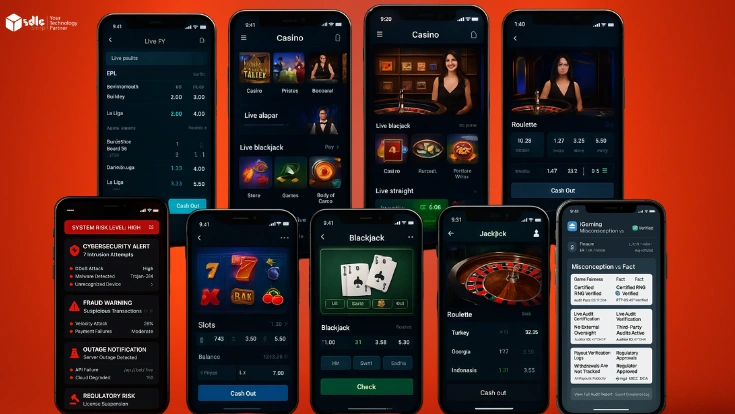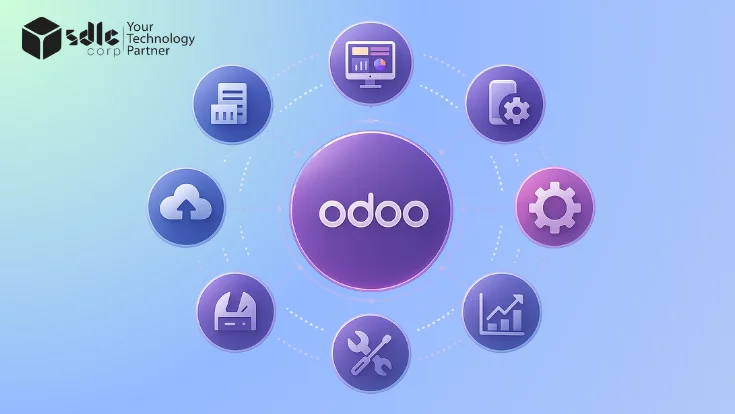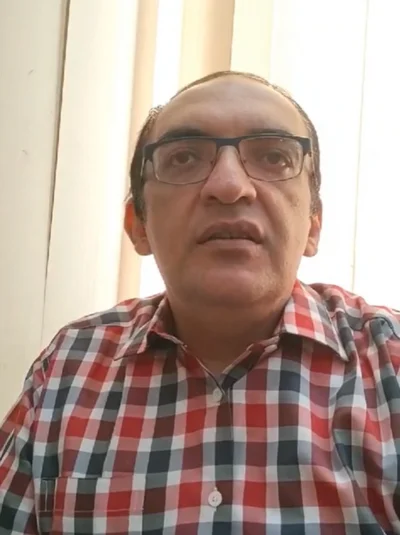Smart contract development has received traction over the years, and 2025 promises to be an important year for this innovative technology. These self-performing contracts have replaced industries by providing transparency, security, and efficiency, especially in finance, property, and supply chain management. In this guide, we take you through the step-by-step process of smart contract development in 2025 and discuss the necessary equipment, best practices, and future trends.
What is a Smart Contract?
There are smart contracts and digital agreements that automatically perform actions based on predetermined conditions written in the code. These contracts are run on blockchain networks, which ensure that all transactions are safe, transparent, and tamper-proof. By eliminating the requirements of middlemen, smart contracts reduce costs and streamline procedures.
Smart contract development allows companies to automate processes, increase confidence, and ensure accuracy in different industries. The capacity of smart contracts increases as blockchain technology moves forward, giving companies many new opportunities.
Step-by-Step Guide to Smart Contracts in 2025

Step 1: Define the Contract’s Purpose and Requirements
Before writing a code line, it is important to understand the purpose of the smart contract. Whether you are developing a decentralized finance (DEFI) project, a supply chain solution,n or a contract for a legal agreement, clear requirements should be outlined.
Identify involved parties.
Define the terms and conditions that will trigger the benefit of the contract.
Make sure the smart contract solves a real-world problem and is scalable.

Step 2: Choose the Right Blockchain Platform
Smart contracts can be distributed on different blockchain platforms, with the most popular titanium. However, new blockchains such as Binense provide Smart Chen, Polkadot, and Solna alternative features that may fit your specific requirements.
When choosing a platform, consider such factors:
Network speed
Gas duty
Transaction scale
Compatibility with decentralized applications (dApp)

Step 3: Write the Smart Contract Code
Once you have chosen the platform, the next step is to write the contract code. Solidity for Ethereum-based smart contracts is still the most widely used programming language, but others like Rust and Wipe have also gained popularity.
Make sure the code:
All necessary tasks are included for execution.
Follow best security procedures (i.e., avoid reunion attacks).
Revision and understanding are easy.
For those new to smart contract development, using a framework as a truffle or hard hatred can simplify the coding process.

Step 4: Test the Smart Contract
Testing is important in smart contract development. Any insects or weaknesses in the code can cause significant damage or violation of the belief. Use test networks such as Rinkbi or prospects for Ethereum-smart contracts to simulate real transactions and secure all tasks.
During the test:
Do unit tests at each contract function.
Conduct the integration test of the contract to interact well with external systems.
Use automatic devices such as Myth to detect potential weaknesses in formal security audits or to detect potential weaknesses.

Step 5: Deploy the Smart Contract
After extensive testing, the contract is time to distribute it to the men. The criminal process involves sending contracts to the blockchain, where it becomes publicly available and irreversible. Make sure appropriate prestogenic tools are used to facilitate the process, such as remix, trough, or hard hatred.

Step 6: Monitor and Maintain the Contract
Smart contracts are irreversible when deployed, which means they cannot be replaced. However, you can monitor and interact with them through blockchain detention travelers or through the construction of administrator interfaces that make it possible to track contract performance and execution status.
For continuous maintenance:
Revise the execution of the contract regularly.
Reply to unexpected problems by distributing new versions of contracts if necessary (upgradable contracts).
Future Trends in Smart Contract
Looking ahead, smart contract development is ready to develop with progress in technology:
Cross-chain interoperability: When the blockchain ecosystem expands, smart contracts that work in many chains will quickly become commonplace.
Integration with IoT: Smart contracts will interact with the Internet of Things (IoT) tools to automate real-time processes.
Legal adoption: Governments and institutes can begin to recognize smart contracts in legal surroundings, making them an official form of agreement in different courts.
Professional Smart Contract Development Team

Conclusion
Smart contract development is an exciting and dynamic field that will develop and develop in the coming years. By following the steps mentioned in this guide, businesses and developers can use the full potential of this technique. By 2025, smart contracts will play a key role in changing industries, making the business more efficient, transparent, and safe. If you want to dive into a smart contract development company, it is now the right time to start planning and construction solutions for the future.
By following best practices and updating with trends, developers can create strong, safe, and skilled smart contracts that will be important when it comes to shaping yesterday’s digital economy.

















